Pause that hand stretch video! There are reasons why your body hurts when doing massage. One might be because you’re not adapting in an effective way.
I know this sounds a little theoretical, but it’s not.
I’m talking about making adjustments when working through a massage challenge.
#1 Trying to Use all Your Body Weight to Lean When Your Table is too High
You need to increase the pressure and your table is high. How do you adjust?
You push using your upper body, right? (Been there, done that.)
Besides being an inefficient way to get the job done, pushing with your upper-body stresses arms, shoulders and neck.
Low Table Adaptation Response
If you want to maximize using your body weight to generate force, lower your table.
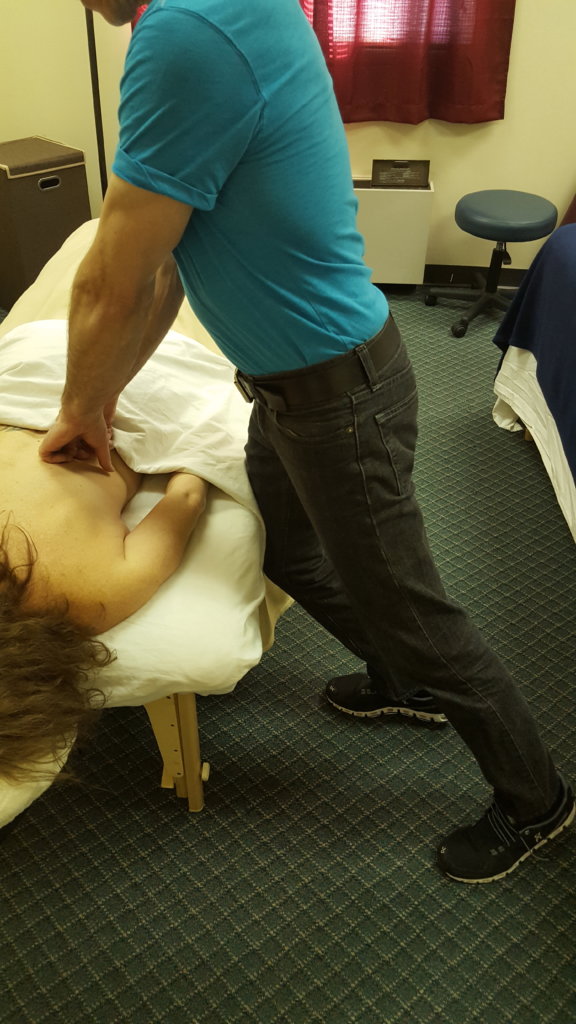
The challenge with a low table is with light pressure, primarily because you can’t lean your body weight into the client. This means you’ll have to be more upright, and to get your hands on your client you’ll need to bend.
Can I get an order of back pain to go, please?
However, there’s another way to adapt instead of bending from your back. It’s “bend your legs”.
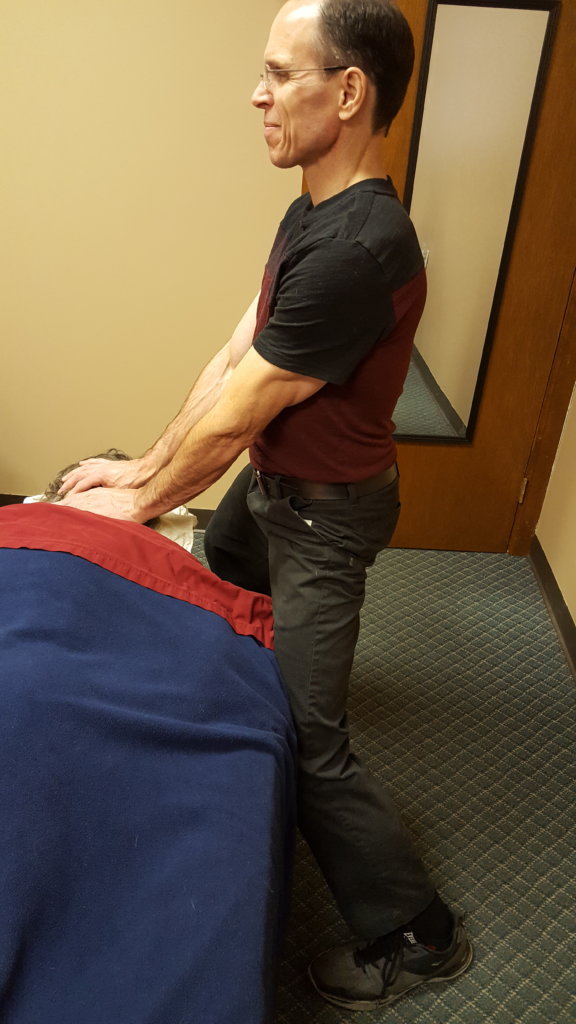
My back is pretty much neutral in the pic, right? You can also sit and lean. That’s easy on the back, too.
Don’t Need Fancy
By the way, you don’t need an expensive table to maximize adaptation. I can do 1000 massages on an expensive table, then 1000 on an inexpensive one and I’m not going to lose a client as long as my massage is consistent.
#2: Adapting to the T-bar
Massage tools also require adaptation responses if you’re going to stay pain-free and improve massage efficiency.
In the video below, I’m purposely using a long T-bar in areas of the body I’d normally use a shorter T-bar.
The simplicity of the T-bar allows me to adapt to different situations in limitless ways. Specifically, I’m talking about the many ways I can hold the T-bar. Have a look:
How to Experiment with Adaptation
In massage, successful adaptation boils down to this:
- Use the strategy that allows for the best adaptation response.
Here’s how I determine if the adaption was a success. As I’m adapting, I ask myself:
- Am I pain-free?
- Is it now easier to get the job done?
Two yeses equals success.
If your body hurts when doing massage and you want to dig deeper into the table height strategy, start here: Table Height Is Everything.
Massage Pain-Free Online CEU Class
And if you want to cut to the chase and learn how to massage pain-free while getting CEU credits, go here: How to Deliver Deep Pressure Without Hurting Yourself.



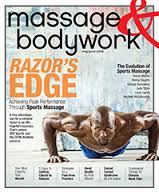
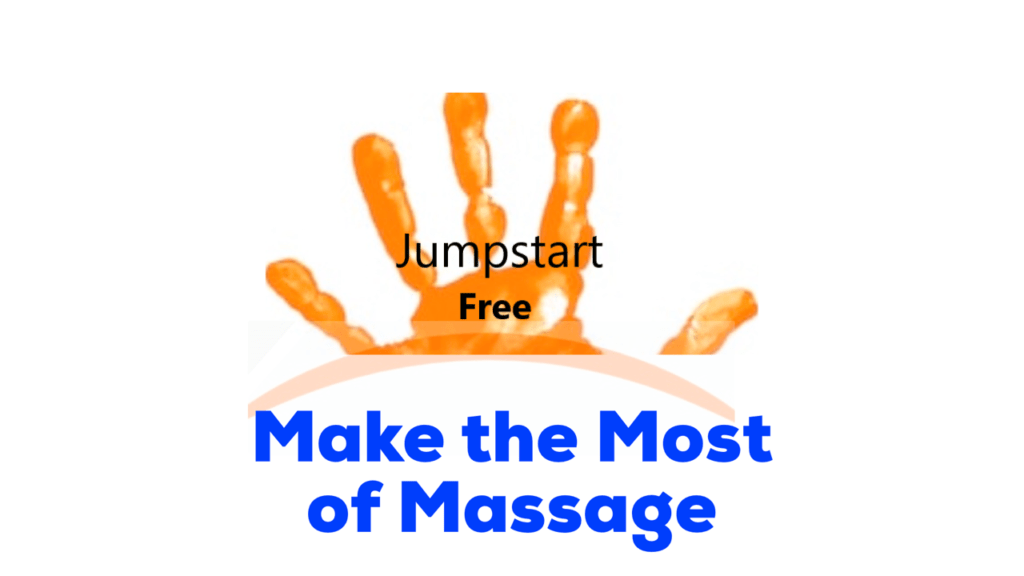
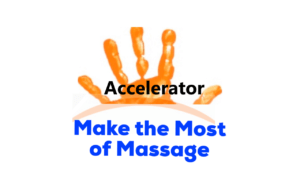
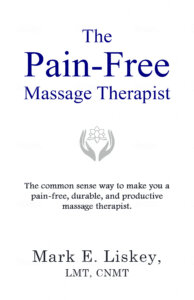
Comments on this entry are closed.